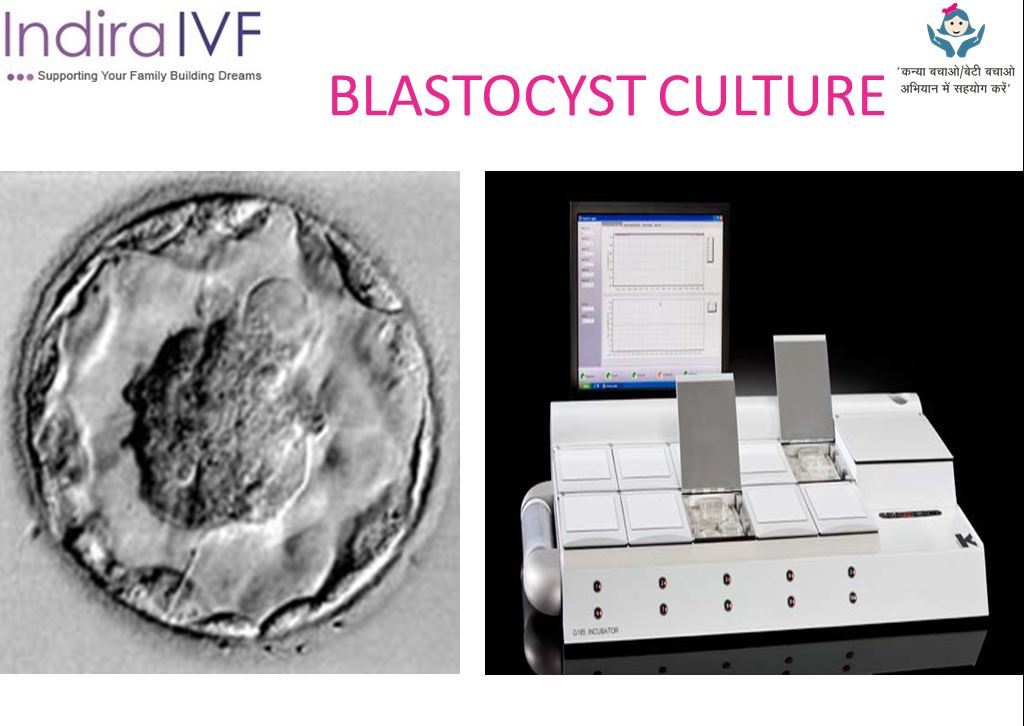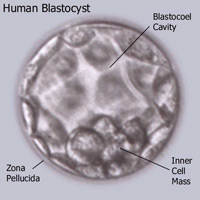BLASTOCYST CULTURE AND TRANSFER


Blastocyst is defined as the 5-6th day stage of an embryo’s life.
The oocyte is fertilised and starts its development in the fallopian tube for about three days. During this time it moves through the tube into the uterine (endometrial) cavity and sits there for a further two – three days during which time it develops into a blastocyst (embryo that contains many cells and forms a cystic cavity within its center).
Τhe blastocyst invades the uterine lining (implantation) about the fifth or sixth day after fertilization, in order to become incorporated into the wall for its sustainability and survival. The placenta will eventually develop and will provide for the growth of the embryo until birth
Recent advances in the field of human IVF allow more embryos to grow in the IVF lab for a longer period, up to the later blastocyst stage. This was achieved via the development of many improvements in the IVF field, including the evolved culture media where an embryo can growth in the laboratory from the time of fertilisation up to 6 days, making it possible to be transferred to the womb at the blastocyst stage.
Transferring embryos at the blastocyst stage cannot be applied to all patients, as in some cases all of the embryos arrest and none make it to the blastocyst stage. Blastocyst transfer is most successful in cases where there are a good number of embryos on day 2 and 3, which gives more chance of obtaining some good quality blastocysts on days 5 or 6.
This new advancement offers advantages such as:
1. Higher pregnancy and implantation rates due to better embryo selection. Allowing embryos to develop in the laboratory for a longer period permits for better selection of the embryos to be transferred
2. Higher pregnancy rates because transfer occurs closer to the natural time that an embryo enters the uterus. At this time the endometrium may provide a better environment for the embryo.
3. Blastocyst transfer is used with caution since it is not yet known whether some of the embryos that degenerate or develop as low quality embryos in the laboratory during blastocyst culture, would have survived or developed into higher quality embryos in the uterus had they been transferred at an earlier stage. For this exact reason the decision to proceed with a blastocyst culture is a result of extensive consideration of all clinical and laboratory indications of each individual couple
